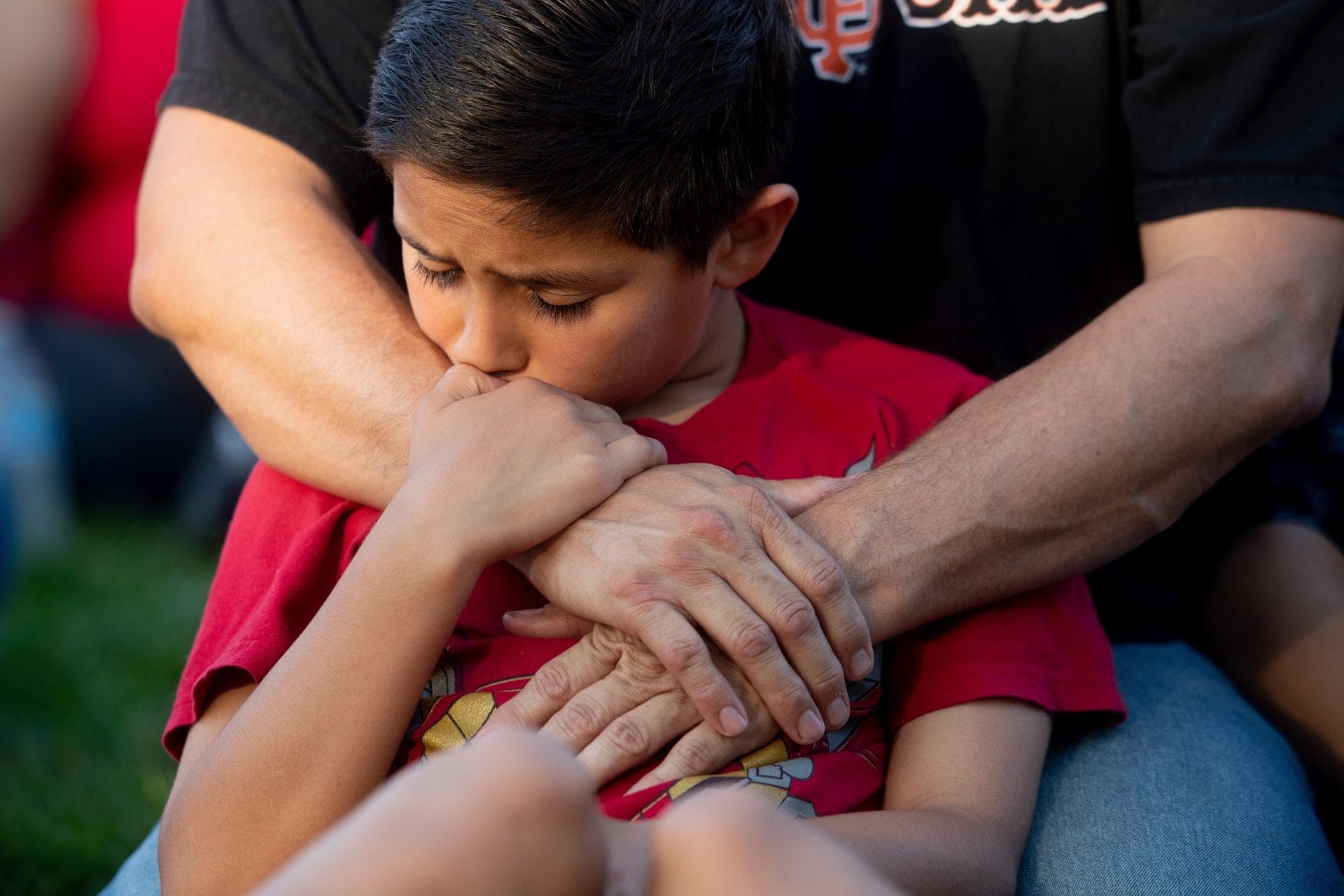
One Weekend. Two Cities. Two Devastating Mass Shootings.
All too often, guns are purchased in states with weaker gun laws and transported illegally to states with stronger gun laws—with devastating consequences.
This past weekend saw two mass shooting incidents, on opposite ends of the country: On Sunday afternoon, a shooting at the Gilroy Garlic Festival in Northern California left three people dead and more than 15 injured. A gunman fired into a crowd of families, killing a six-year-old boy, a 13-year-old girl, and a young man in his 20s.
On Saturday evening, a shooter opened fire on a crowd singing “Family Reunion” during the 56th Old Timers Day in Brownsville, Brooklyn, killing one man and injuring 11 others. The victims ranged in age from 21 to 55. The annual block party, which brings together neighbors spanning several generations, had taken place since 1963 without incident until Saturday, when 56 consecutive years of peace were shattered in an instant.
These tragedies are unconscionable. And yet they keep happening. Even more unconscionable is the willingness of some legislators to continue in their cowardly path of inaction.
California and New York State have among the strongest gun safety laws in the nation, and correspondingly low death rates. Yet clearly, these states aren’t immune from tragedy. In part, this is because both California and New York—as well as other states with strong gun safety laws, like New Jersey, Maryland, and Illinois—are bordered by states with much weaker protections against gun violence.
Below, we’ll explore how our nation’s patchwork of state gun laws can put American lives at risk.
The Tragic Consequences of Inconsistent Gun Laws
The shooter who killed three and injured more than 15 in Gilroy, California, was originally a resident of Gilroy, and was living in Nevada when he purchased an assault-style rifle with a detachable magazine on July 9. We don’t know yet whether he was legally a resident of Nevada or California when he bought the gun.
If the gunman was a California resident, it would have been illegal under federal law for him to buy an assault weapon in Nevada. Federal law requires that the sale of a rifle or shotgun to out-of-state residents comply with the laws of both the buyer and sellers’ states, and assault weapon sales are generally banned in California.
Even if the shooter was a Nevada resident, he likely violated California law by transporting, possessing, and carrying an assault weapon prohibited in California. Also illegal?
Transporting firearms across state lines without having them shipped to a California dealer to conduct a background check. Even if assault weapons were legal in California, and even if the shooter had shipped the gun to a California dealer, as a nineteen-year-old, he still would have been legally prevented from receiving the weapon under California’s new minimum age law.
Nevada historically has had much weaker gun laws than California, and a relatively high gun death rate (14 out of 50 states). If the gunman was a Nevada resident, he would have been able to buy unlimited quantities of firearms or ammunition anonymously from an unlicensed seller without passing a background check, no questions asked. Nevada also doesn’t restrict the sale of military-style weaponry or weapons equipped with large-capacity magazines.
Gun Laws Save Lives. More States Need to Enact Them.
Fortunately, Nevada took the courageous step of strengthening its gun safety laws earlier this year, by enacting a law introduced by a survivor of the tragic mass shooting at the Route 91 music festival in November 2017. Unfortunately, these laws haven’t yet taken effect.
Starting January 1, 2020, Nevada will require gun sales occur through a federally licensed firearms dealer. Nevada will also authorize law enforcement and concerned family or household members to petition courts for extreme risk protection orders to temporarily disarm people found to pose a significant danger to public safety.
We don’t know yet whether the Gilroy shooter exhibited warning signs that elicited concern from those around him—but if he had, a similar law could have been used to temporarily disarm him in California.
We don’t know yet what types of firearms were used in the mass shooting in Brownsville, New York. We don’t know how these guns were obtained or whether they were legally purchased and possessed.
We do know that New York gun laws require all private firearm sales to be processed through a licensed dealer who conducts a background check. New York also bans most assault weapons and large-capacity ammunition magazines, requires anyone purchasing or possessing a handgun to obtain a license after passing a background check, and requires the license to specify all the handguns owned by the license holder.
Many of the crime guns used in New York originate elsewhere. According to a report released by the Office of the Attorney General, 74% of recovered guns with a known source state originated outside of New York, above the national average.
We cannot, and must not, accept that we are a country where children are murdered during community celebrations. We must not let the gun lobby use these tragedies to spread the dangerous lie that gun safety laws don’t work.
We know that states with stronger gun laws have lower gun death rates. In order to continue making making communities safer from violence, we have to strengthen gun safety protections everywhere.